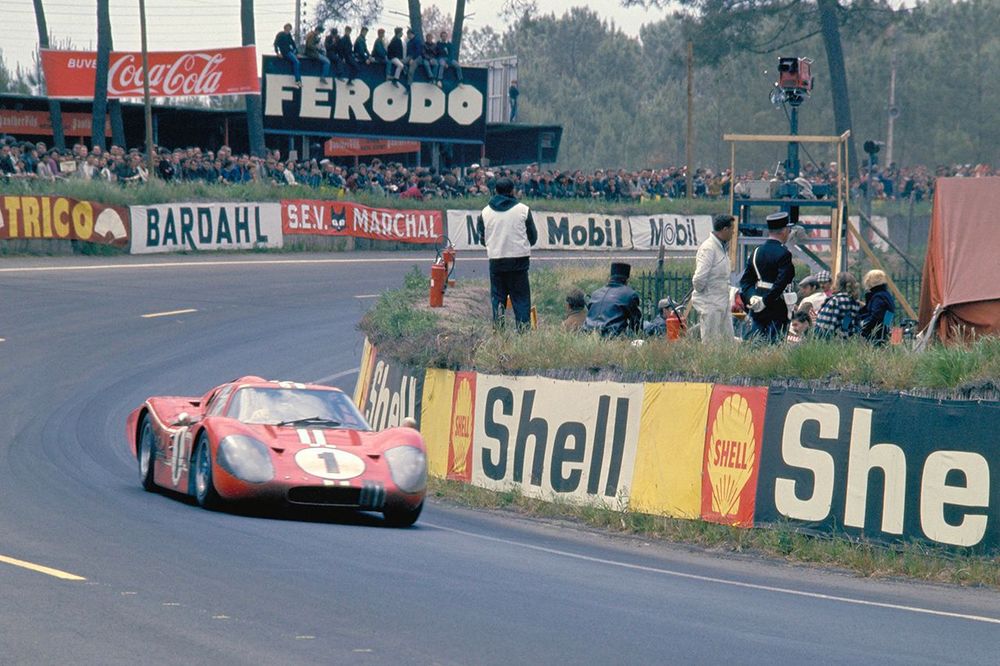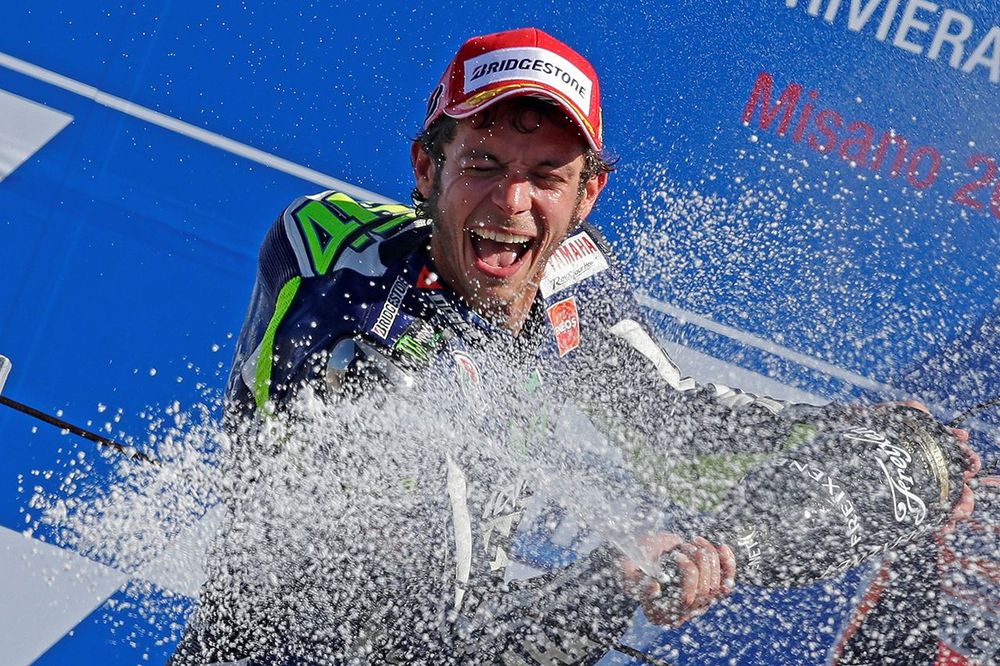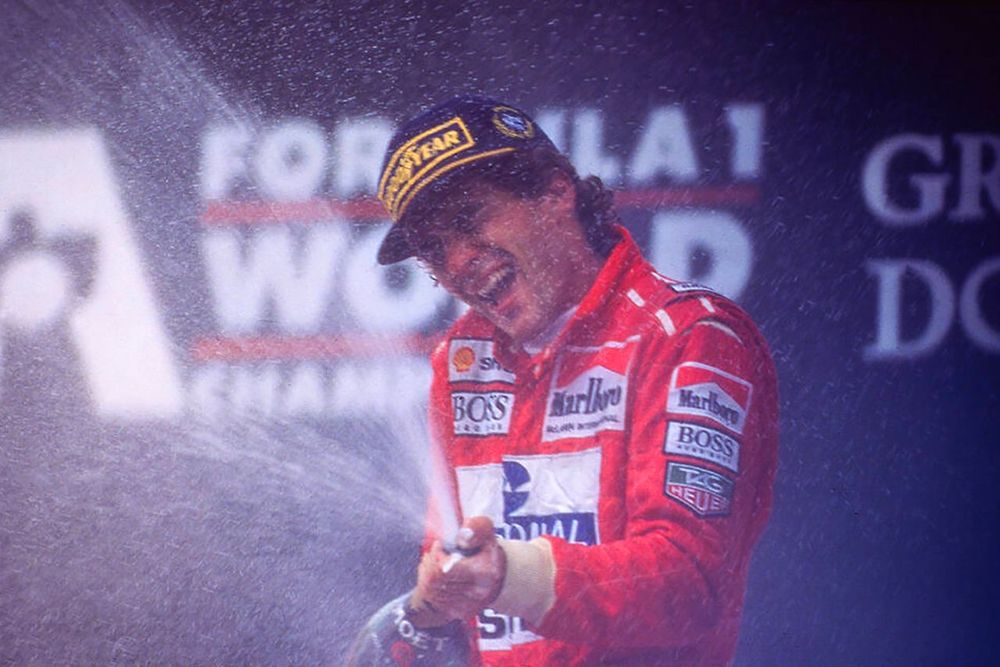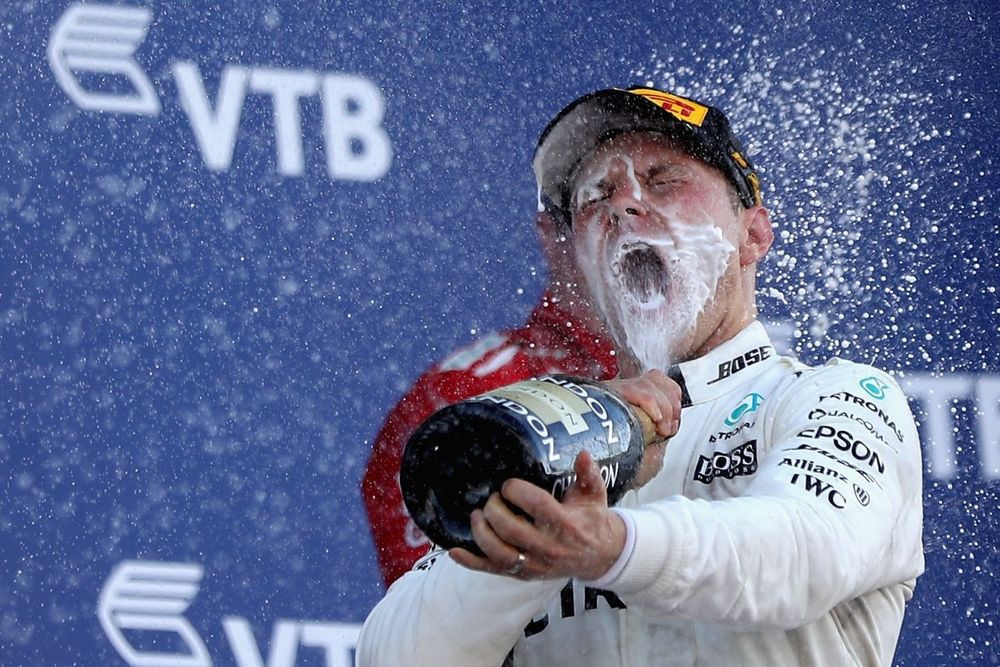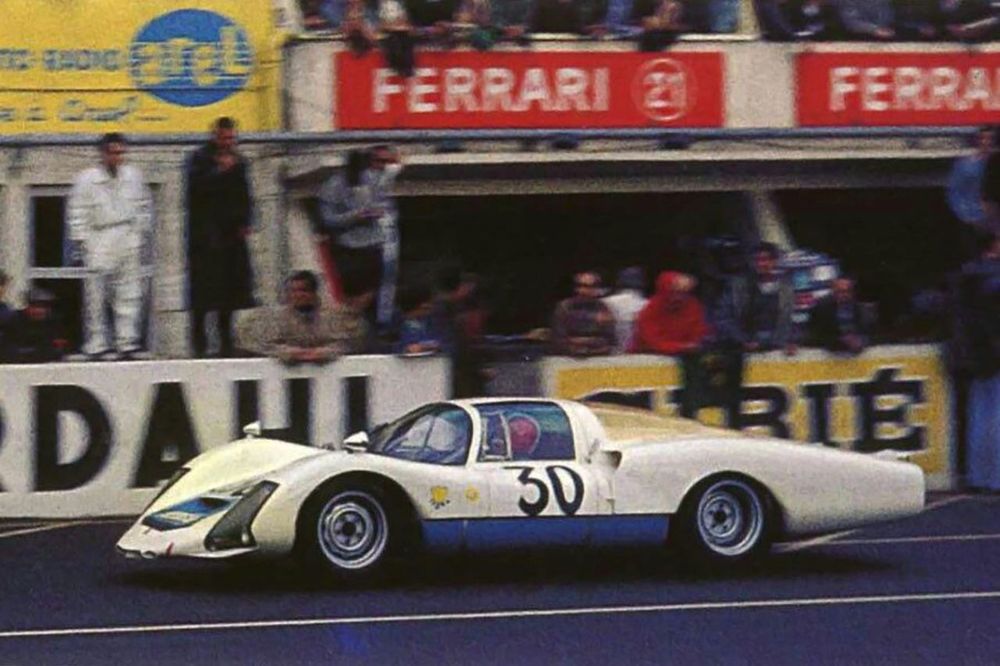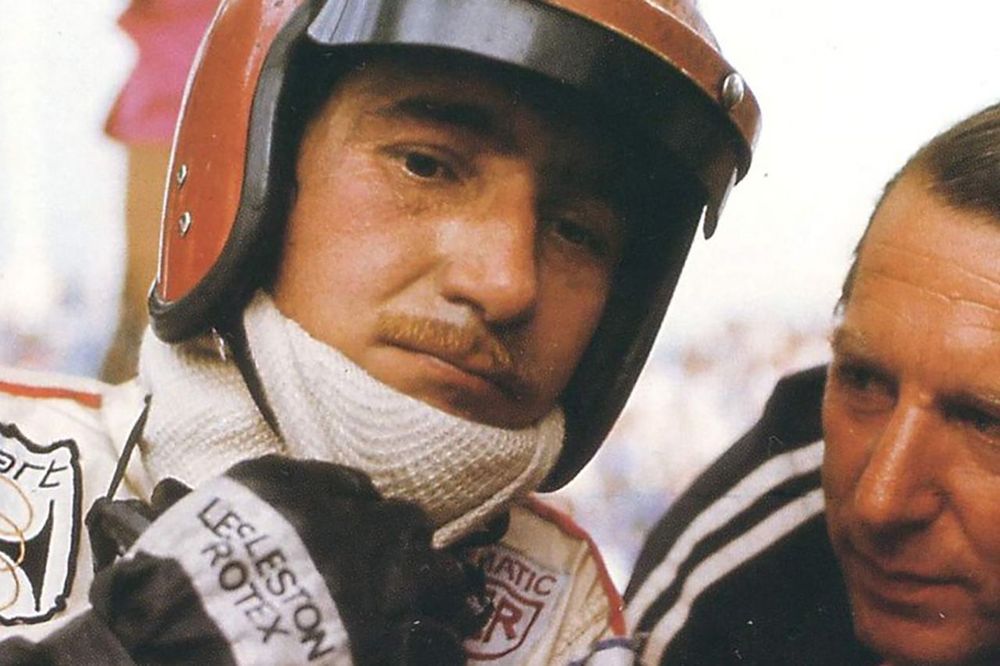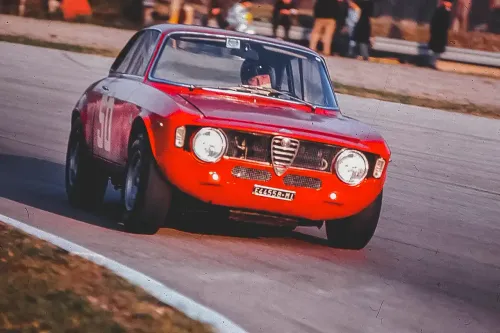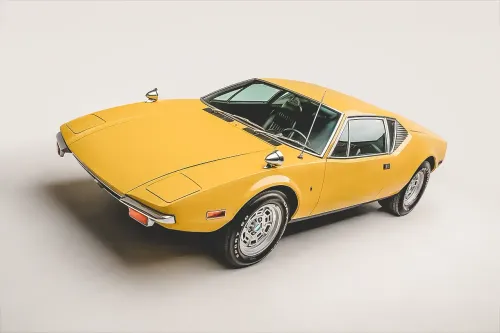Champagne on the podium: from accident to tradition
Photos: ACO ARCHIVES, Ford, LAT Photographic, cdn.artphotolimited.com, cnn.com, Reuters
In the 1967 Le Mans 24, American driver Dan Gurney made history by driving the Ford MkIV to victory, in a pair with Anthony Joseph Foyt Jr. (better known as A.J. Foyt). It was a golden year for Ford, with MkIVs filling the top four spots, followed by two GT40 MkII Bs.
However, the most indelible mark that Gurney left in history on June 11, 67, was the unusual way in which he decided to celebrate. Euphoric, he shook the bottle of traditional Moët and made a shower of champagne that didn't even spare Henry Ford II and his wife! A.J. Foyt, amazed, said to him: “Look, it’s your boss you’re getting wet!”
At the time, the gesture that would eventually become common, caused some less positive reactions: after all, a drink that few could afford and that was offered as a toast, was wasted in an act of rebellion and even some audacity in wetting the personalities that normally surrounded the podium.
The famous and talented English journalist L.J.K. Setright even classified the moment as an act of bad manners, for ruining an expensive drink in front of thousands of people who could never buy it. A fair point of view, at a time when the gesture was still controversial. Today, like it or not, it is an "institution".
Interestingly, what really inspired that moment was not any act of rebellion, but rather a real accident that occurred the previous year. In the 1966 edition, the winners of the up to 2 liter class (fourth overall) were Jo Siffert and Colin Davies in a Porsche 906/6 LH. When they went to receive the trophy and celebrate the victory, Jo Siffert was unable to prevent the bottle cork from popping out and soaking everyone nearby.
The historical context helps to better understand a tradition that, in terms of logic or pleasure, has little, but which is now an inseparable part of the “folklore” of motor sport.





